Home>Others>Specialized Home Improvement Topics>How Long Does It Take To Tint Car Windows
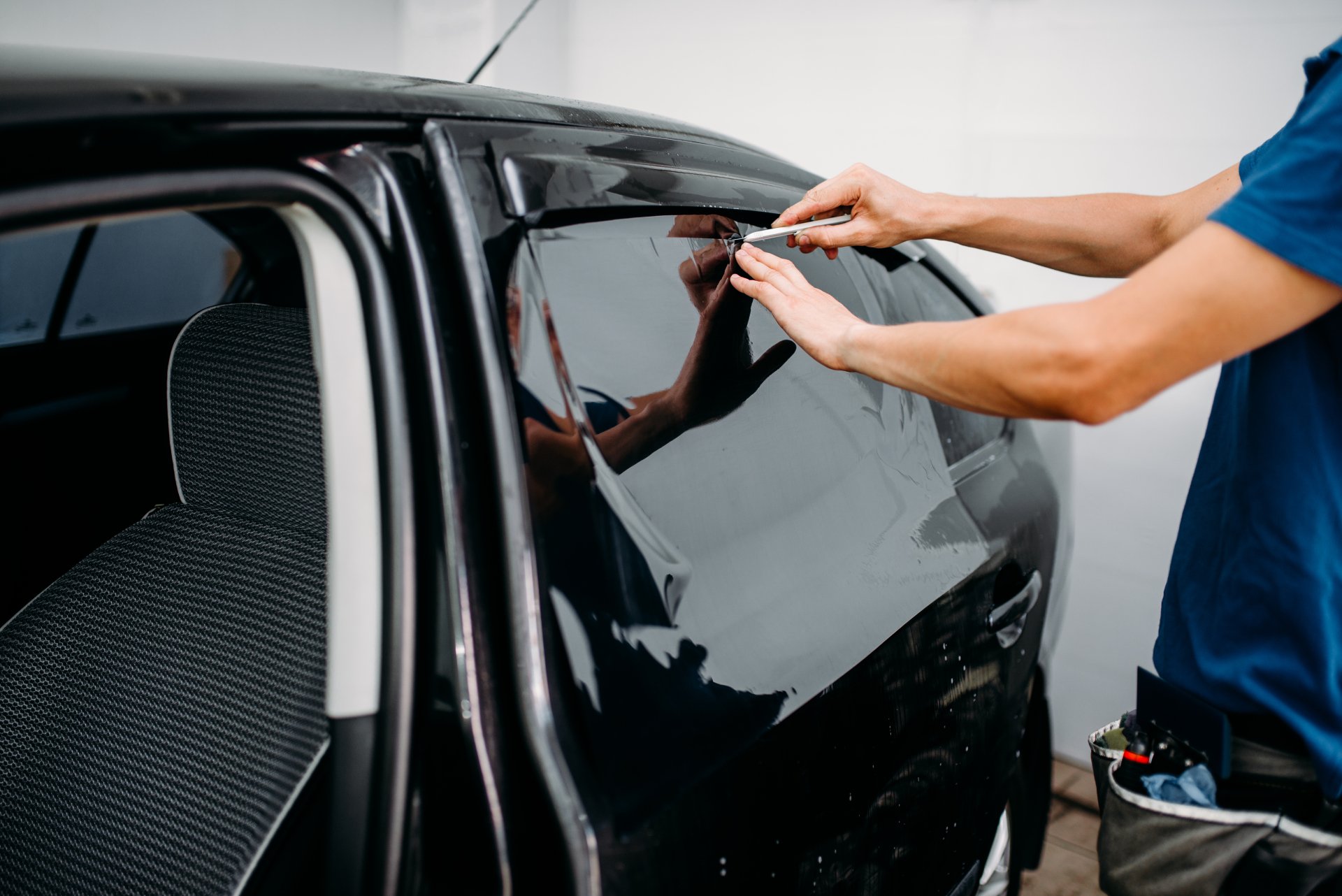

Specialized Home Improvement Topics
How Long Does It Take To Tint Car Windows
Modified: January 14, 2024
Find out how long it takes to tint car windows and get expert tips on specialized home improvement topics. Learn more about the process and timeline.
(Many of the links in this article redirect to a specific reviewed product. Your purchase of these products through affiliate links helps to generate commission for Storables.com, at no extra cost. Learn more)
**
Introduction
**
When it comes to enhancing the style, privacy, and comfort of your vehicle, window tinting stands out as a popular choice. However, if you're considering this upgrade, you might be wondering, "How long does it take to tint car windows?" The tinting process involves various factors, each influencing the overall duration. In this comprehensive guide, we'll delve into the key aspects that affect the time required for window tinting, explore different types of window tinting and their respective timeframes, and provide an overview of the tinting process. By the end of this article, you'll have a clear understanding of the time investment associated with tinting your car windows, enabling you to make an informed decision. So, let's embark on this journey to uncover the fascinating world of car window tinting and the time it entails.
**
Key Takeaways:
- Tinting car windows can take varying amounts of time due to factors like film quality, installer experience, and window complexity. Understanding these factors helps manage expectations and make informed decisions.
- Different types of window tinting, from dyed to ceramic, offer unique features and installation timeframes. Vehicle owners can choose based on preferences and time constraints, balancing efficiency and performance.
Read more: How To Tint Windows On Car
Factors Affecting Tinting Time
**
Several factors play a crucial role in determining the time required for tinting car windows. Understanding these factors can provide valuable insights into the overall process and help manage expectations regarding the timeframe.
Quality of Tint Film:
The quality of the tint film significantly impacts the time needed for the tinting process. High-quality films are often easier to work with, leading to a smoother and more efficient installation. On the other hand, lower-quality films may require more time and effort to achieve a satisfactory result, potentially prolonging the overall tinting duration.
Experience of the Installer:
The expertise and experience of the installer can greatly influence the speed and precision of the tinting process. A seasoned professional with extensive experience in window tinting is likely to work more efficiently, completing the job in a shorter timeframe while ensuring a high-quality finish. Conversely, less experienced installers may take longer to complete the task, especially when dealing with intricate window shapes and sizes.
Complexity of the Vehicle's Windows:
The complexity of the vehicle’s windows, including their size, shape, curvature, and the presence of obstacles such as defroster lines and antenna elements, can impact the time required for tinting. Vehicles with more intricate window designs may demand additional care and attention during the installation process, potentially extending the overall tinting duration.
Curing Time:
After the tint film is applied to the windows, it undergoes a curing process to adhere properly and achieve optimal clarity. The curing time can vary based on factors such as ambient temperature and humidity levels. It’s essential to allow an adequate curing period before the vehicle can be released, adding to the total time investment for the tinting procedure.
Preparation and Cleaning:
Thorough preparation and cleaning of the windows before applying the tint film are essential for a successful installation. The time dedicated to preparing the windows, removing any debris or residue, and ensuring a pristine surface for the tint application can contribute to the overall tinting timeline.
Regulatory Compliance and Inspection:
Adherence to local regulations and standards, as well as post-tinting inspections, can also factor into the overall time required for window tinting. Compliance with tint darkness regulations and the need for inspections or certifications may influence the scheduling and completion of the tinting process.
By considering these factors, both vehicle owners and tinting professionals can gain a comprehensive understanding of the variables that impact the time needed to tint car windows. With this knowledge in mind, it becomes possible to anticipate the duration of the tinting project and make informed decisions throughout the process.
**
Different Types of Window Tinting and Their Timeframes
**
Window tinting encompasses a variety of options, each offering distinct features and installation timeframes. Understanding the different types of window tinting and their respective time requirements can assist vehicle owners in selecting the most suitable option based on their preferences and time constraints.
Dyed Window Tinting:
Dyed window tinting, known for its non-reflective appearance and ability to reduce glare, typically requires a shorter installation timeframe compared to other types of tint. The process involves applying a dyed layer to the interior side of the vehicle’s windows, resulting in a relatively efficient and straightforward installation process.
Metalized Window Tinting:
Metalized window tinting, which incorporates metallic particles to provide heat and UV ray rejection, may involve a slightly longer installation timeframe. The presence of metallic components in the film can require additional care and precision during installation, impacting the overall time needed to achieve a flawless application.
Carbon Window Tinting:
Carbon window tinting, prized for its durability and ability to block infrared light, often entails a moderate installation timeframe. The process of applying carbon-based tint involves attention to detail, as the composition of the film requires careful handling to ensure optimal results, contributing to a slightly longer installation duration.
Ceramic Window Tinting:
Ceramic window tinting, renowned for its exceptional heat rejection and clarity, may require a longer installation timeframe compared to other tinting options. The advanced composition of ceramic films demands precision and expertise during installation, potentially extending the overall time investment for achieving a seamless and high-performance application.
Crystalline Window Tinting:
Crystalline window tinting, designed to provide superior clarity and UV protection, often involves a meticulous installation process, potentially leading to a longer timeframe for completion. The intricate nature of achieving optimal clarity and performance with crystalline films may necessitate additional time and expertise during the installation phase.
Understanding the unique characteristics and installation timeframes associated with different types of window tinting empowers vehicle owners to make informed decisions aligned with their preferences and time considerations. Whether prioritizing efficiency or seeking the highest performance, the diverse range of window tinting options caters to varying needs while offering distinct installation timeframes.
**
The time it takes to tint car windows can vary depending on the type of vehicle and the skill of the installer. On average, it can take anywhere from 1.5 to 2.5 hours. Be sure to ask the installer for an estimated time before getting started.
The Tinting Process
**
The tinting process involves a series of meticulous steps aimed at achieving a flawless and durable application of window tint. Understanding the intricacies of this process provides valuable insight into the time investment and expertise required for a successful tinting project.
Preparation and Cleaning:
Prior to applying the tint film, the vehicle’s windows undergo thorough preparation and cleaning. This step involves removing any debris, dust, or residue from the window surfaces to ensure a pristine foundation for the tint application. The time dedicated to this preparatory phase contributes to the overall duration of the tinting process.
Measuring and Cutting:
Precision is paramount when measuring and cutting the tint film to fit the specific dimensions of each window. This step demands careful attention to detail and expertise to achieve accurate sizing, particularly for vehicles with diverse window shapes and sizes. The time required for precise measuring and cutting varies based on the complexity of the vehicle’s windows.
Application of Tint Film:
Once the tint film is meticulously cut to size, it is delicately applied to the interior side of the vehicle’s windows. This step demands skill and finesse to ensure a bubble-free, seamless application. The time invested in this phase depends on factors such as the type of tint film being used, the installer’s experience, and the complexity of the windows being tinted.
Smoothing and Shaping:
After the tint film is applied, the installer meticulously smooths and shapes it to eliminate any air bubbles or imperfections. This process requires attention to detail and may contribute to the overall time needed to achieve a flawless and professional finish.
Curing and Final Inspection:
Following the application and smoothing of the tint film, a crucial curing period is necessary to allow the film to adhere properly and achieve optimal clarity. The duration of the curing process, influenced by factors such as ambient temperature and humidity, adds to the overall time required for the tinting process. Additionally, a final inspection is conducted to ensure the quality and adherence to regulatory standards, further contributing to the overall timeframe.
By gaining insights into the meticulous steps comprising the tinting process, vehicle owners can appreciate the expertise and attention to detail involved in achieving a professional and long-lasting window tint. The time invested in each phase reflects the commitment to delivering exceptional results and ensuring customer satisfaction.
**
Conclusion
**
As we conclude our exploration of the time-related aspects of car window tinting, it’s evident that the duration of the tinting process is influenced by a multitude of factors, ranging from the type of tint film to the expertise of the installer. By considering these factors, vehicle owners can develop realistic expectations regarding the time investment required for tinting their car windows.
Furthermore, the diverse range of window tinting options, each with its unique characteristics and installation timeframes, offers vehicle owners the flexibility to align their preferences with their time constraints. Whether prioritizing efficiency, durability, or exceptional performance, there’s a tinting solution to suit various needs while considering the associated installation time.
Understanding the meticulous steps involved in the tinting process, from preparation and measuring to the delicate application and final inspection, sheds light on the expertise and precision required to achieve a professional and long-lasting window tint. The time dedicated to each phase reflects the commitment to delivering exceptional results and ensuring customer satisfaction.
Ultimately, the decision to tint car windows involves a thoughtful balance between time considerations and the desired benefits, including enhanced privacy, UV protection, and aesthetic appeal. By leveraging the insights provided in this guide, vehicle owners are empowered to make informed decisions, engage with experienced tinting professionals, and embark on a rewarding journey toward transforming their vehicle with high-quality window tint.
As you embark on the exciting venture of tinting your car windows, may this knowledge serve as a valuable companion, guiding you through the intricacies of the tinting process and enriching your experience with a newfound appreciation for the art and science of window tinting.
Frequently Asked Questions about How Long Does It Take To Tint Car Windows
Was this page helpful?
At Storables.com, we guarantee accurate and reliable information. Our content, validated by Expert Board Contributors, is crafted following stringent Editorial Policies. We're committed to providing you with well-researched, expert-backed insights for all your informational needs.
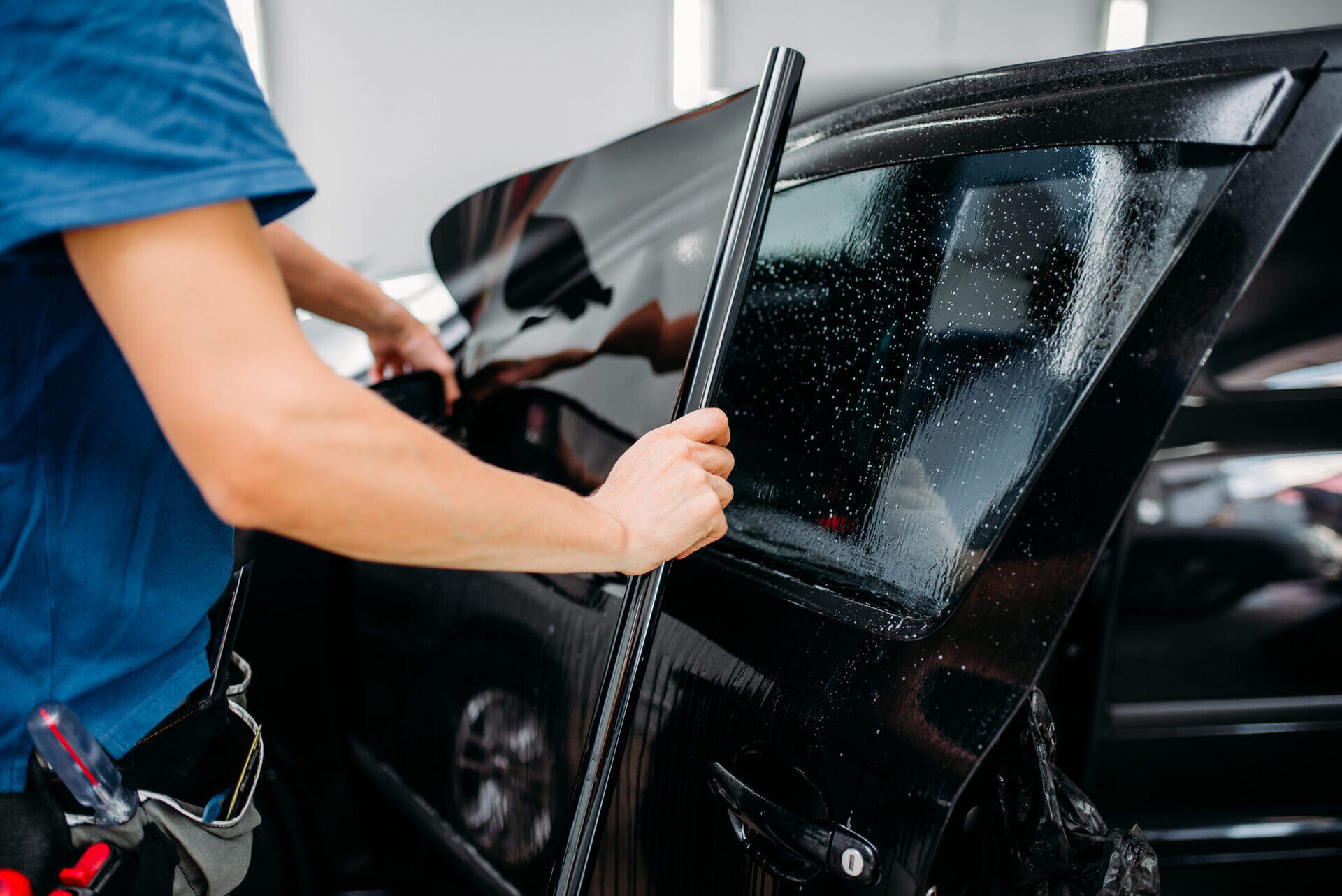
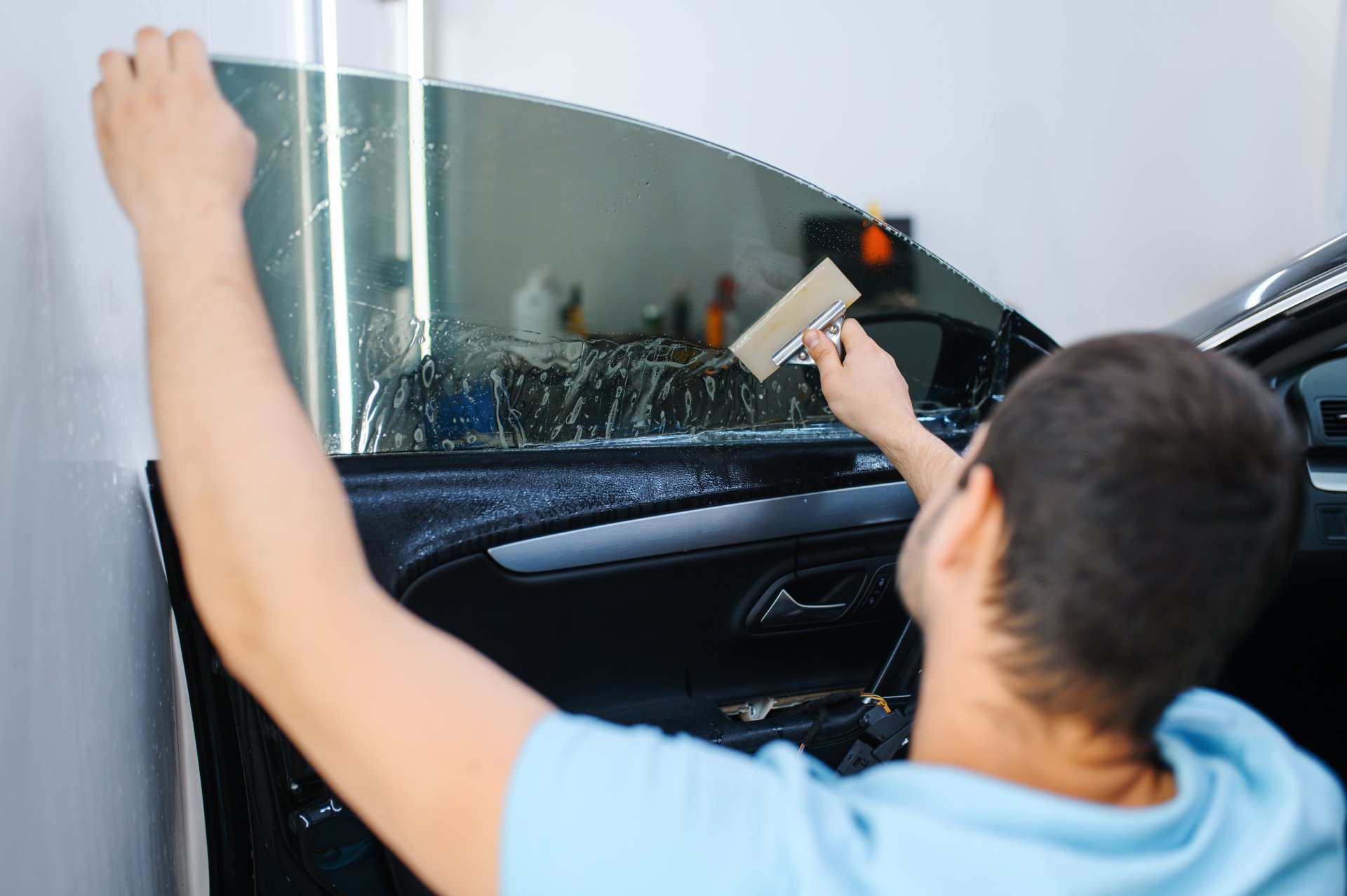
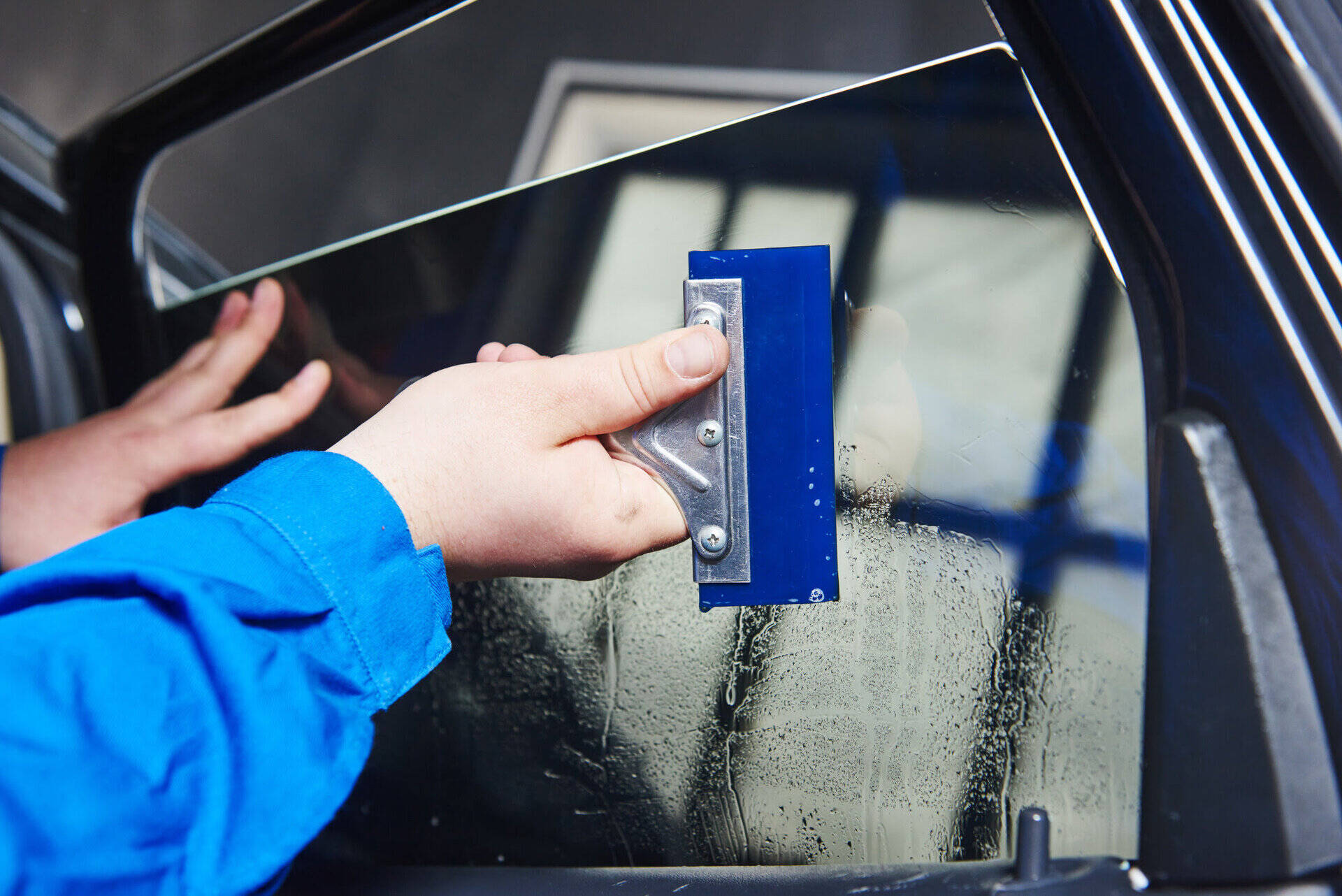
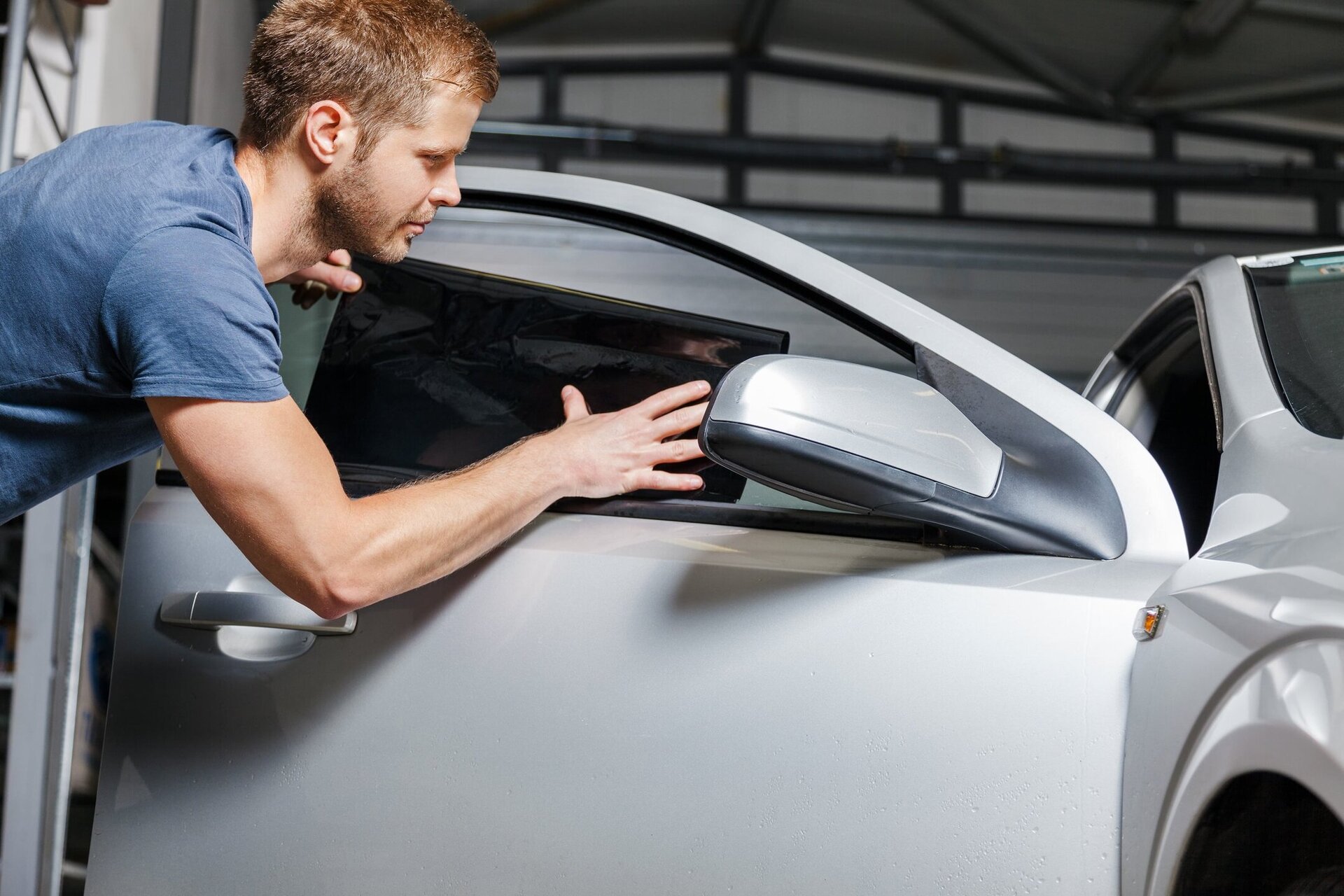
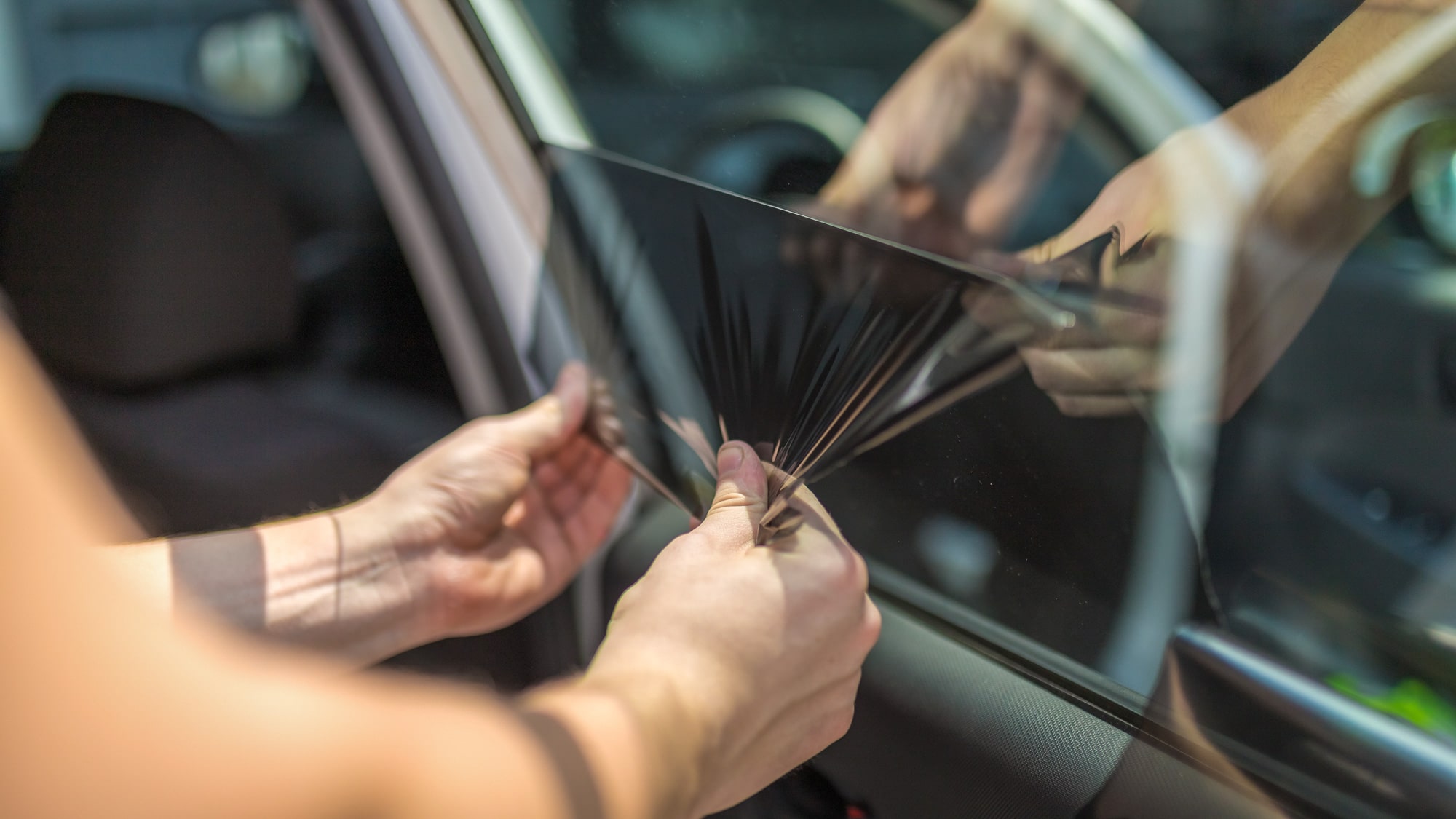
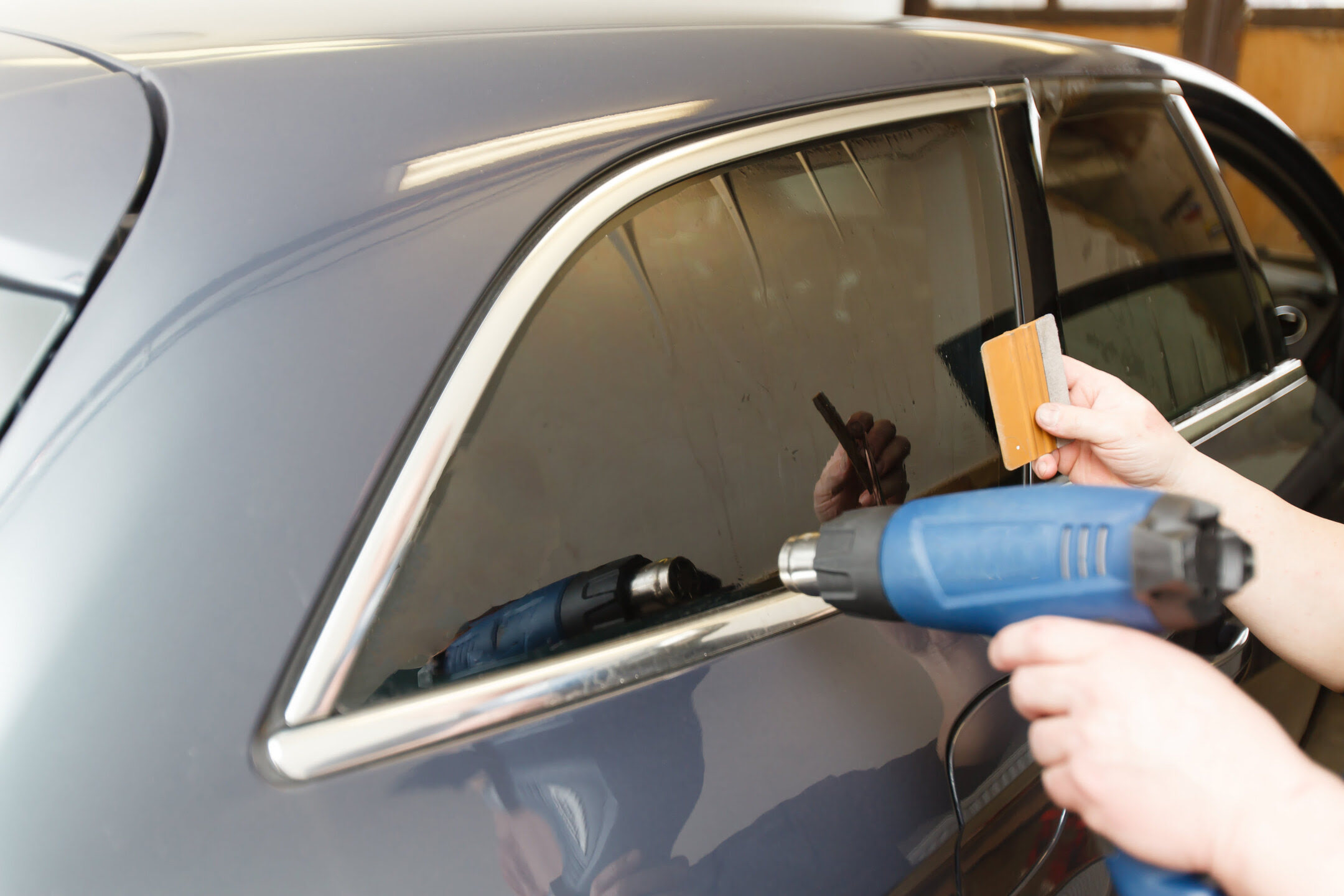
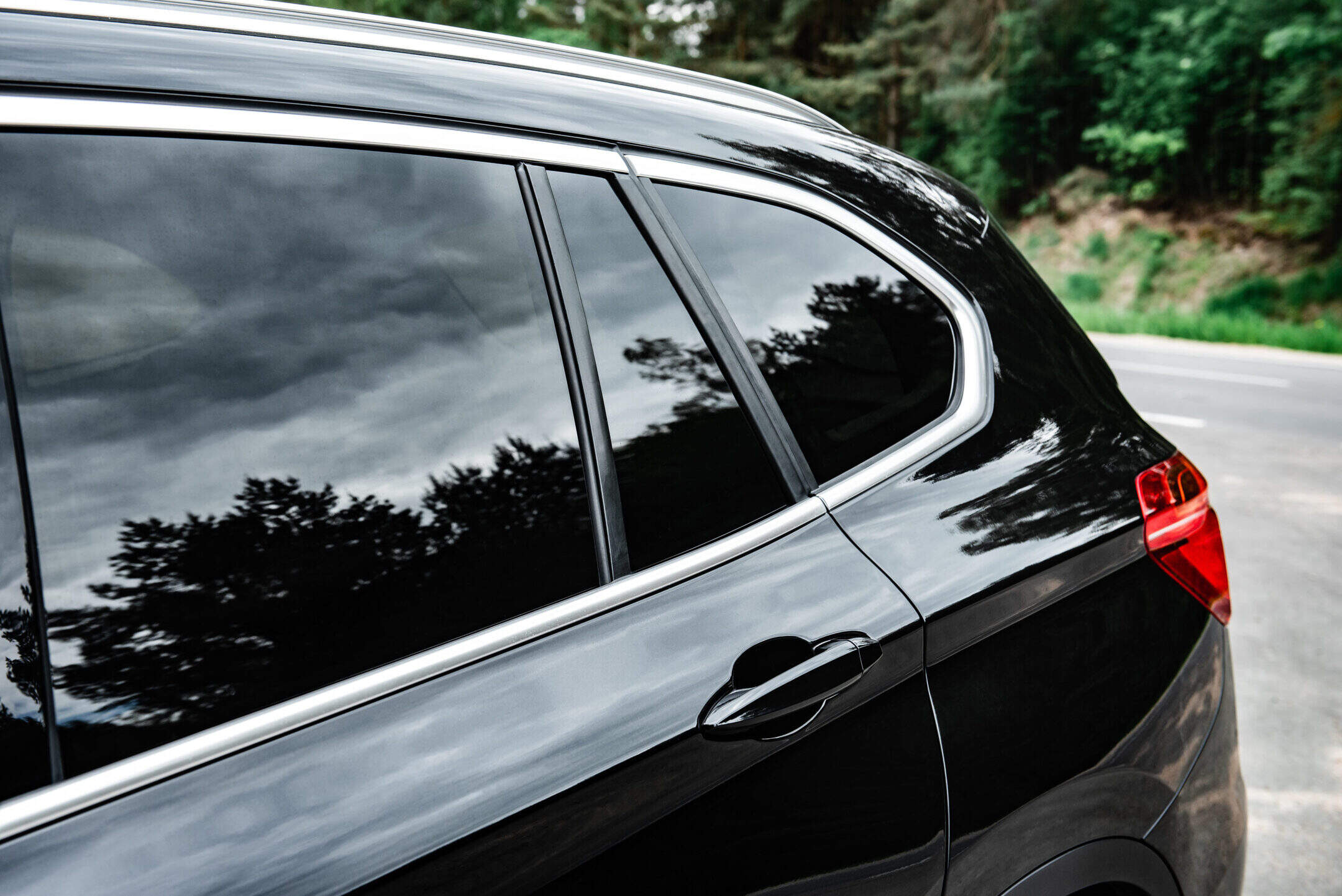
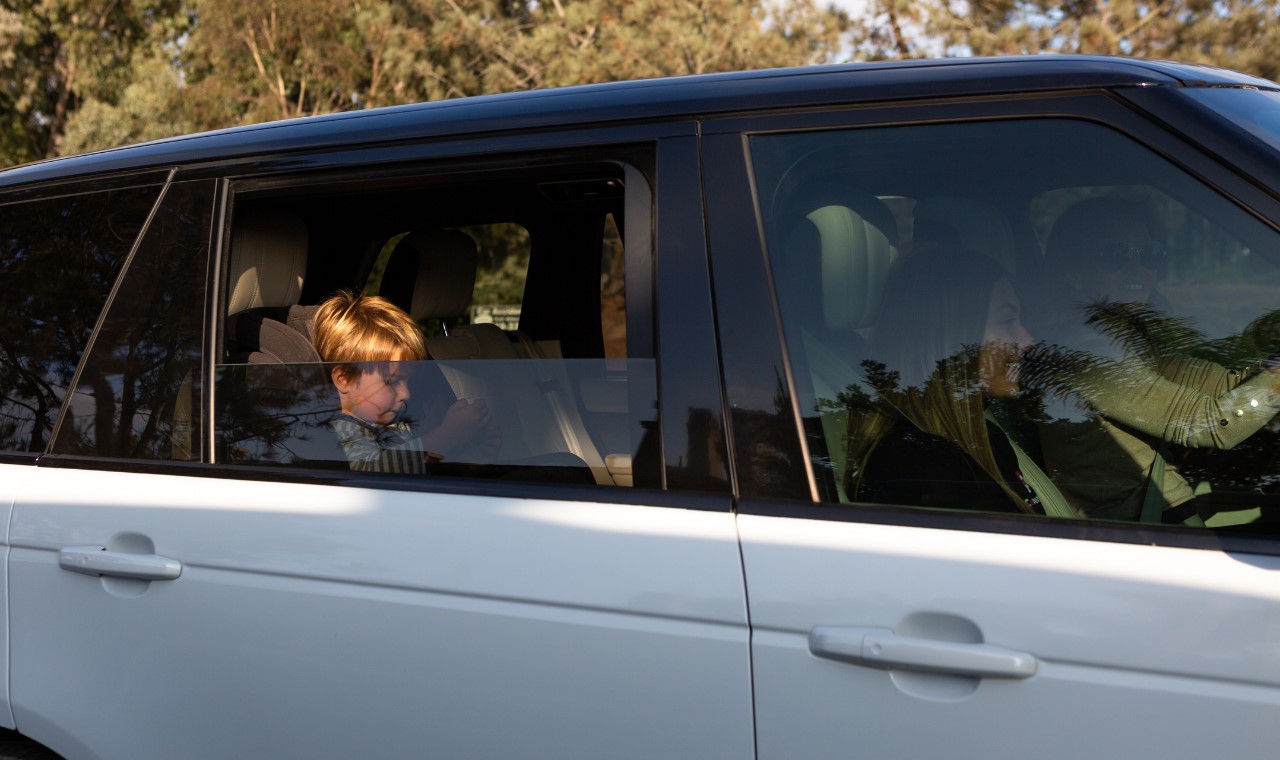

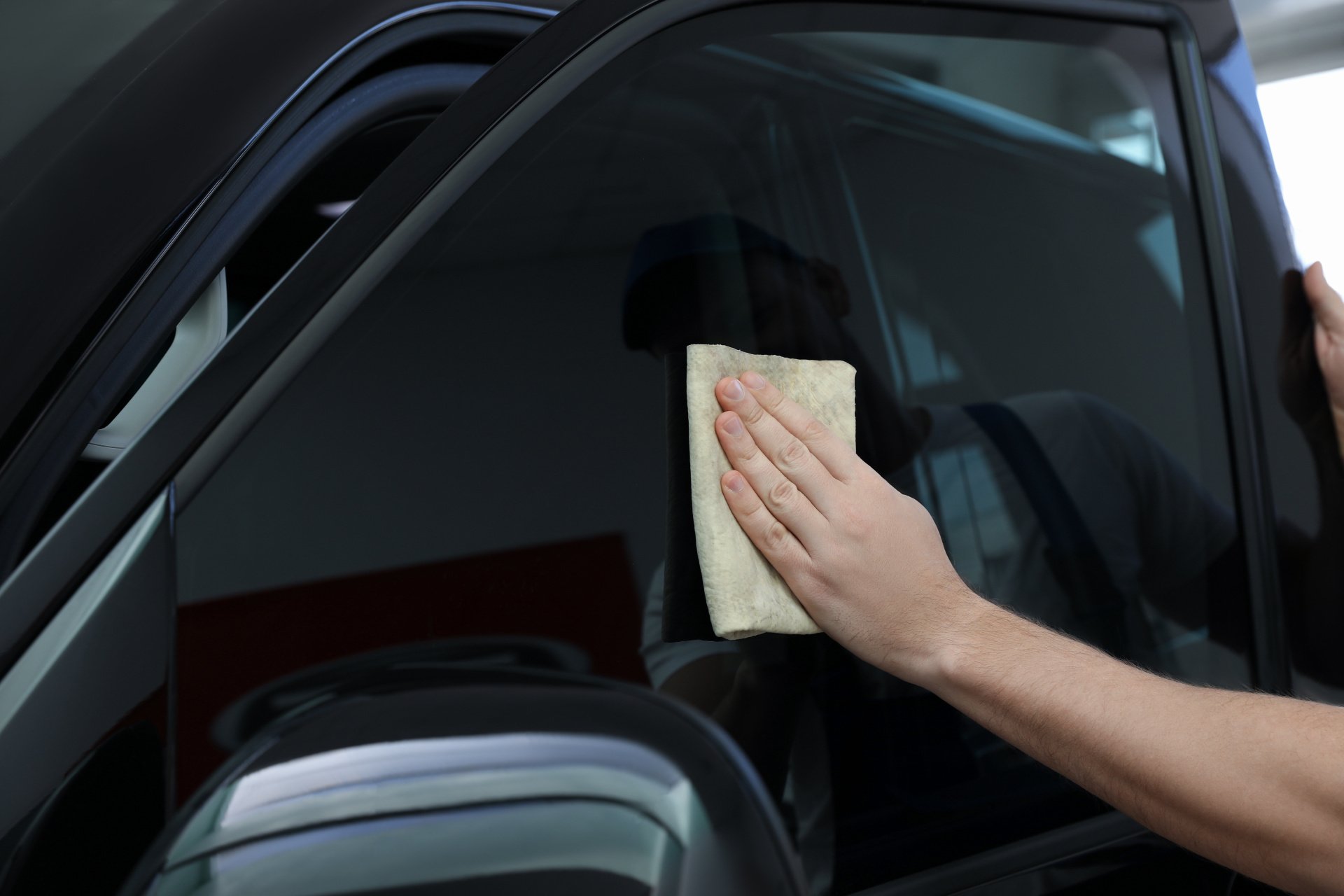
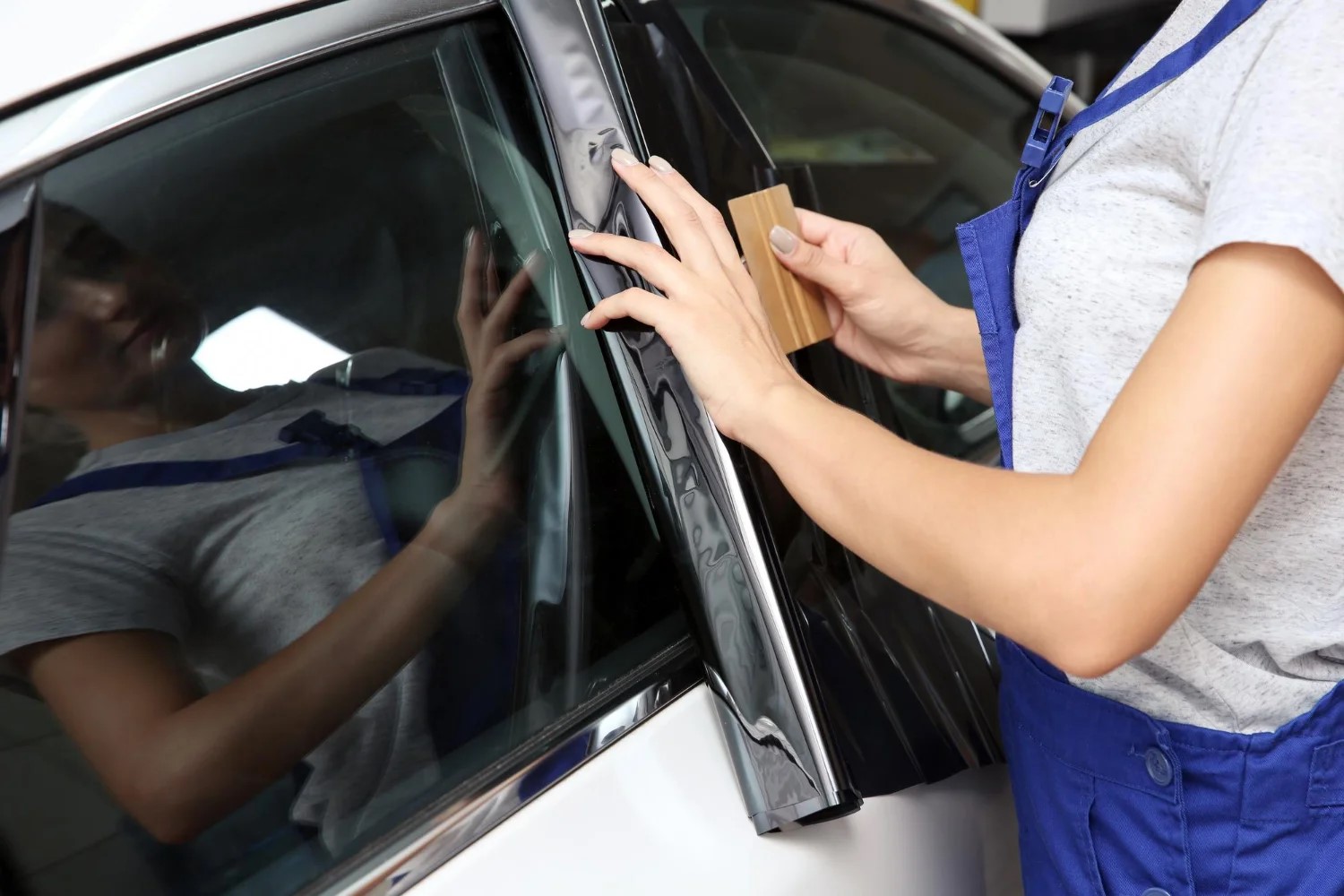
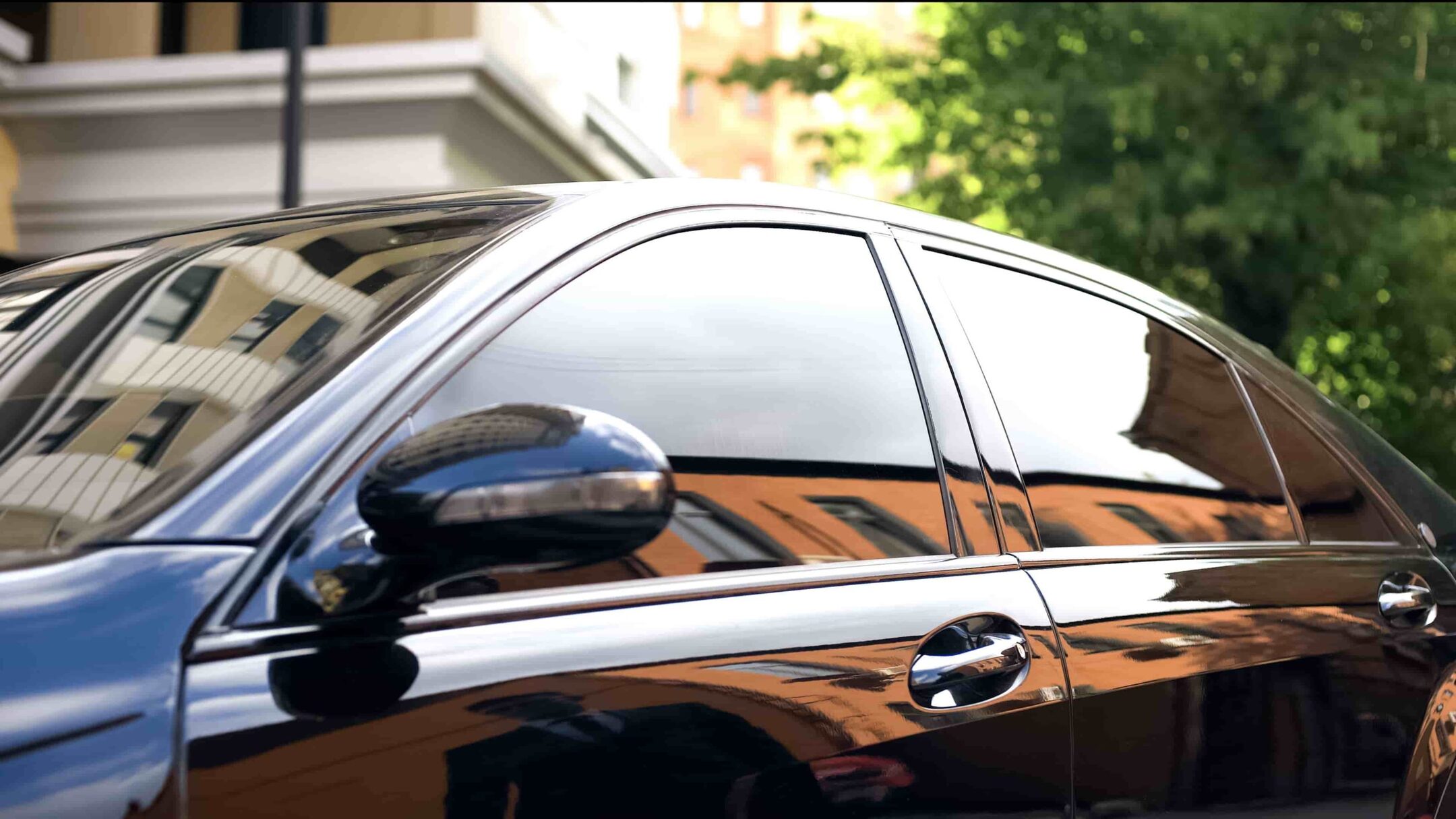
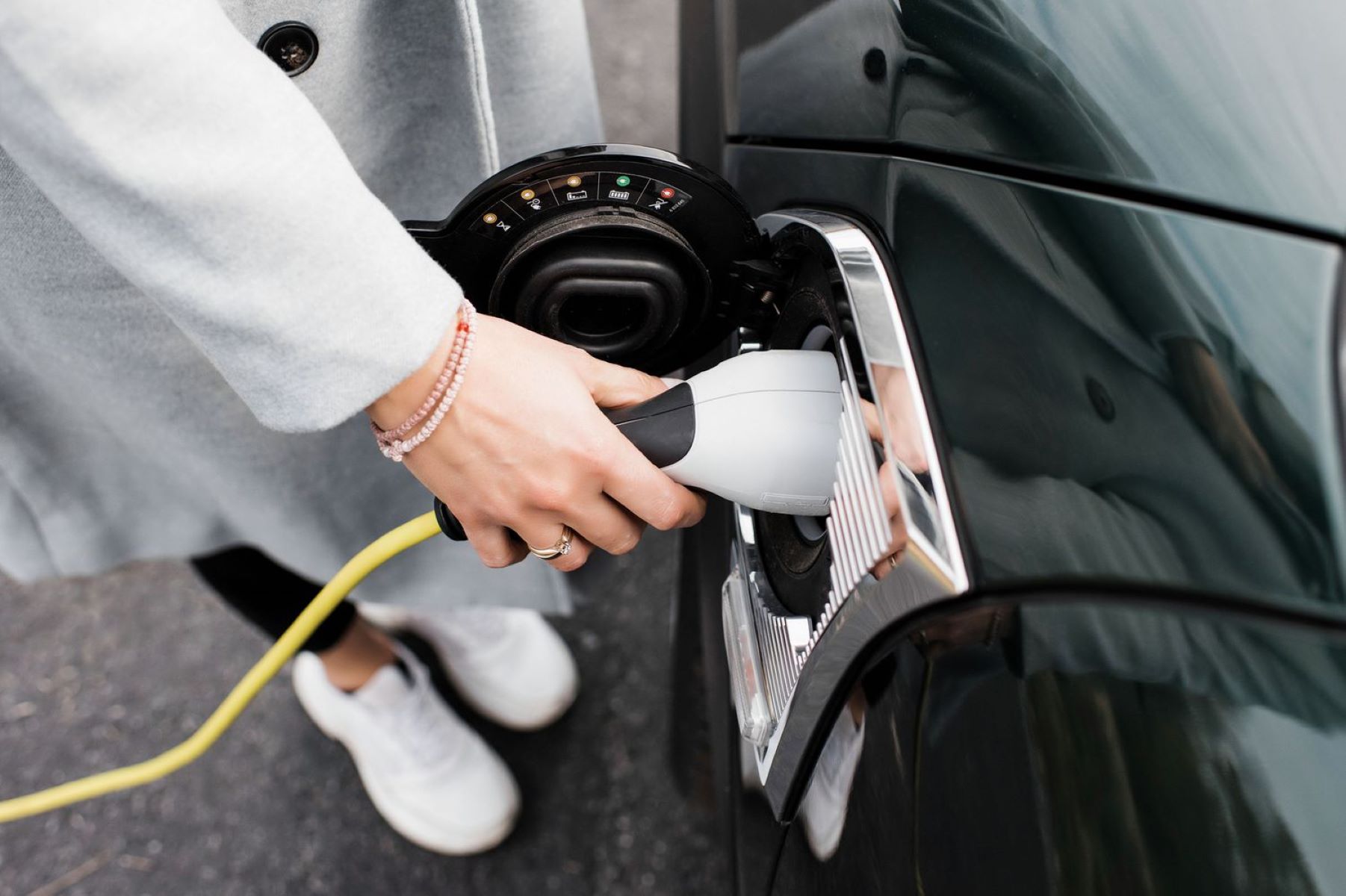
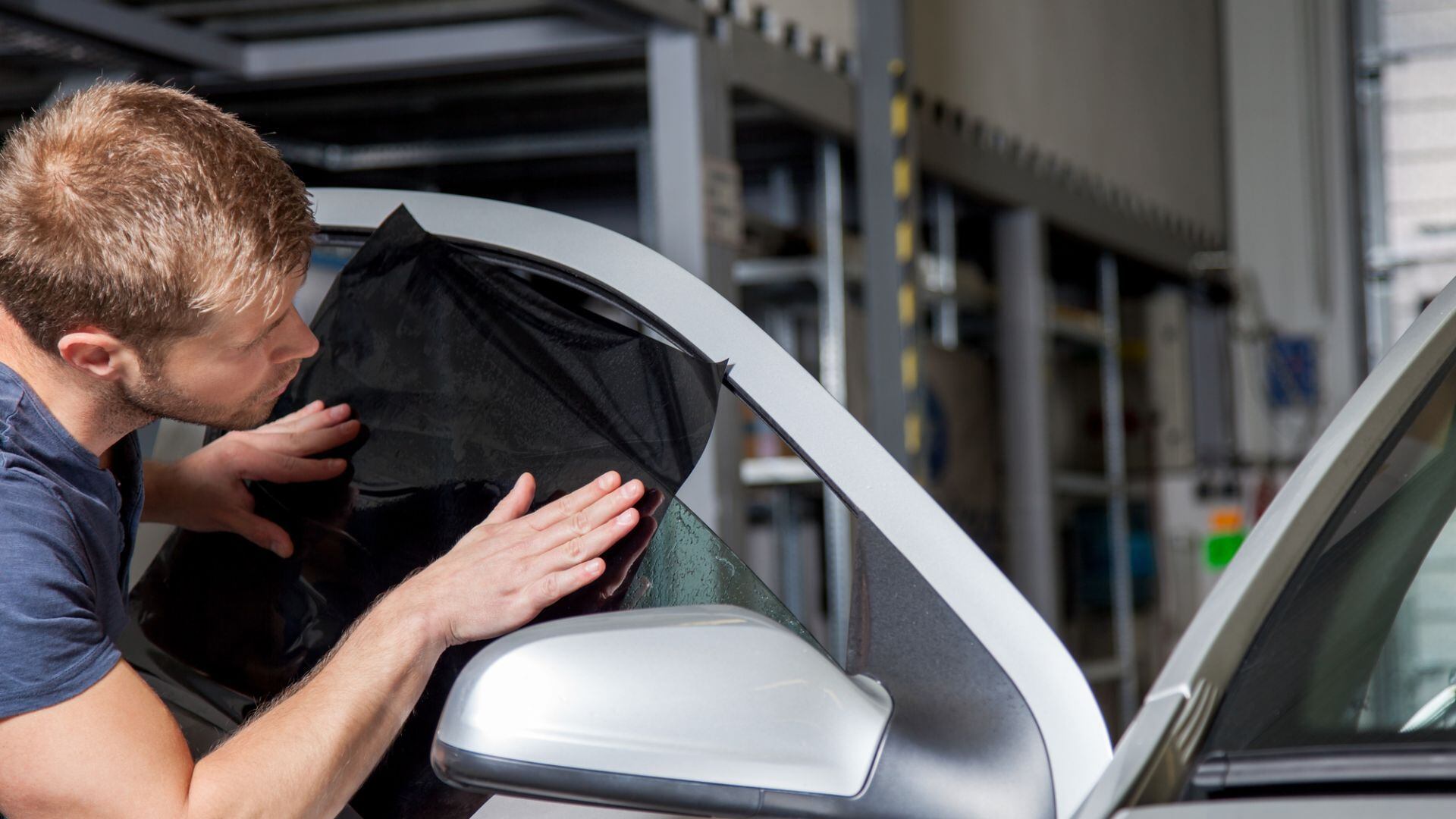
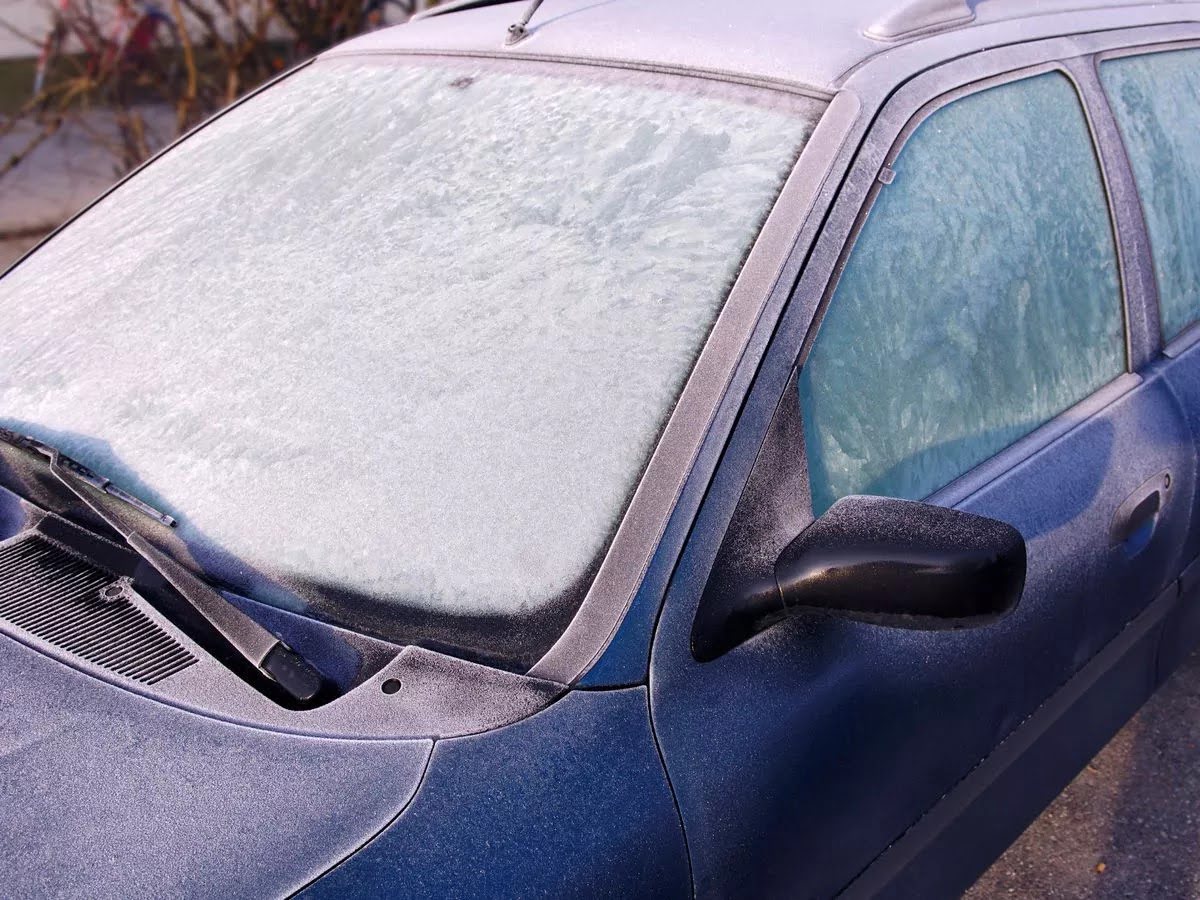

0 thoughts on “How Long Does It Take To Tint Car Windows”